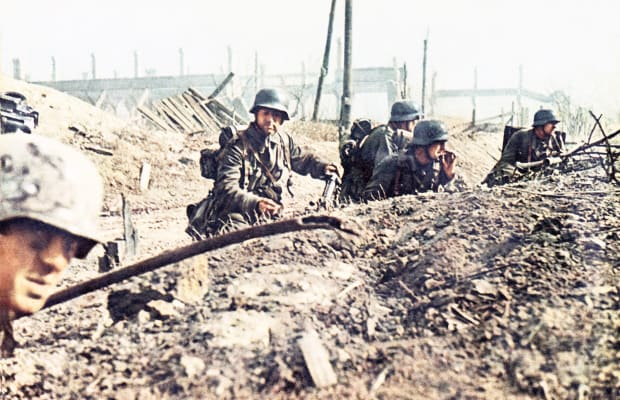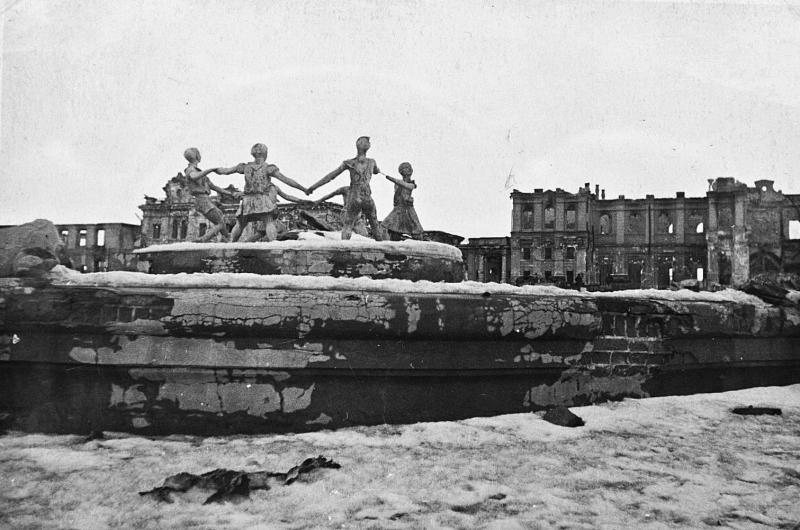Battel of Stalingrad
During the Battle of Stalingrad, which took place from 23 August 1942 to 2 February 1943, Nazi Germany and its allies attempted in vain to seize control of the Southern Russian city of Stalingrad (later renamed Volgograd) from the Soviet Union. The fight was the definition of urban warfare, featuring intense close-quarters action and direct airstrikes against people. With an estimated 2 million overall losses, the Combat of Stalingrad was both the deadliest battle to occur during the Second World War and one of the bloodiest wars ever.
As a result of the Oberkommando der Wehrmacht being compelled to evacuate large military troops from other parts of occupied Europe in order to make up for German losses on the Eastern Front, the Battle of Stalingrad is now unanimously considered the turning point in the European Theatre of War. The Red Army was galvanized by the victory at Stalingrad, which also tipped the scales of power in the Soviets' favor.
The Soviet Union switched from a defensive posture to a full counterattack against the Germans, which resulted in the crucial Battle of the Kursk Arc. the situation in Europe. This was the critical victory and turning point of the Eastern European front as well as the entire Second World War. Victory! As he did during the Napoleonic conflict or the Battle of Moscow, Winter once more saved Russia and the Soviet Union from calamity. The Soviet Union and Communism used the Battle of Stalingrad as a platform to stand their ground and defeat Nazism, altering the course of the world history for all time.













